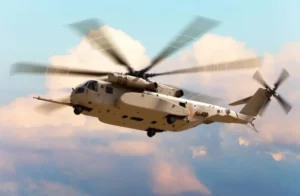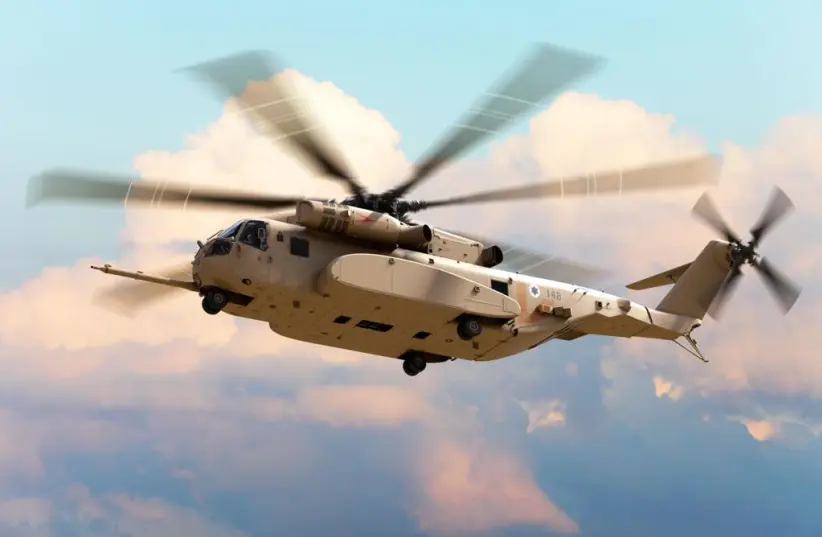The 114th and 118th Squadrons will be merged ahead of the arrival of the helicopters in 2026.

The Israel Air Force’s 114th Night Leaders Squadron will be the first to receive the new CH-53K helicopters that are expected to arrive by 2026 to replace the aging Yasur helicopters.
The decision was made by IAF Commander Maj.-Gen. Tomer Bar.
Over the coming year the two Yasur squadrons, the 114th Squadron and the 118th Night Riders Squadron will merge together in order to “enable an optimal absorption process of the new helicopters,” the IDF Spokesperson’s Unit said.
Following the consolidation of the two squadrons and the completion of the preparations for the incorporation of the new helicopters, the 114th squadron will be re-established in 2025 as the final stage in the process.
“The scope of the operational Yasur helicopters will remain unchanged and they will continue their operational, overt and covert missions”
IDF
The IDF said that “the scope of the operational Yasur helicopters will remain unchanged and they will continue their operational, overt and covert missions.”
Israel announced last year that it would purchase one squadron of CH-53K over Boeing’s CH-47 to replace its fleet of Yasur helicopters at Tel Nof Air Base.
Used by the 114th and 118th squadrons since 1969, the Yasur is the air force’s primary helicopter used to transport soldiers and equipment and have taken part in a wide variety of missions, including secret operations as well as search and rescue missions.
What’s so special about you?
The CH-53K King Stallion, the successor to the CH-53, is powered by three engines giving it a cruising speed of 261 km/h and a range of 530 miles (852 km). Operated by a crew of 5, including 2 pilots and a combat crew of 3 gunners, it is fitted with self-defense weapons and ballistic protection and also has crash-worthy seats and retracting landing gear, significantly increasing aircraft and crew survivability.
The fuel tanks have also been designed to have inert gases pumped into it instead of allowing oxygen to build up inside, giving it a better likelihood to explode if hit by incoming projectiles.
The CH-53K is fitted with digital fly-by-wire avionics with fully integrated flight and navigation displays and has a mechanical diagnostic system that notifies maintenance crews when a part needs to be replaced and can carry three times the amount of cargo able to be carried by older helicopters.
With a full fly-by-wire system, the CH-53K can be flown with a pilot in the cockpit or unmanned where the helicopter will do exactly as programmed to do without any pilot input.
Though the CH-53K helicopters do not yet have the ability to do so, with full fly-by-wire capabilities, it has the growth potential to have the Defense Advanced Research Projects Agency’s (DARPA) Aircrew Labor In-Cockpit Automation System (ALIAS) installed should the Israel Air Force decide to install such a system.
That ability will allow the IAF to fly the helicopter deep behind enemy lines and carry out missions like supplying troops and logistics without placing a pilot at risk.

